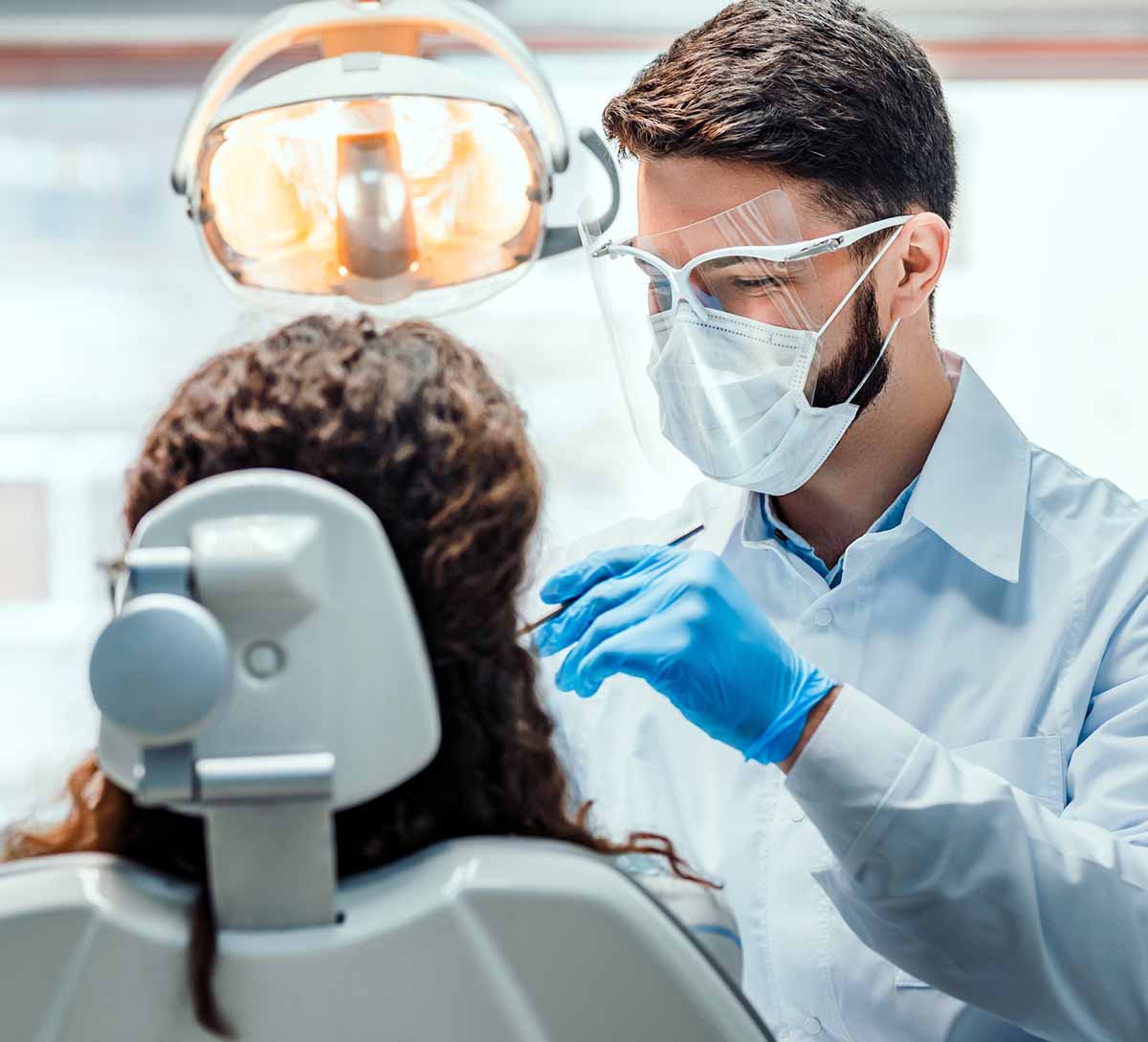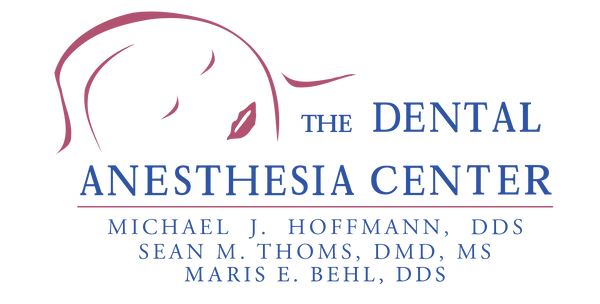Many patients feel anxious about undergoing dental procedures, especially when anesthesia is involved.
At The Dental Anesthesia Center, we understand these concerns and want to help you feel more comfortable by explaining what you can expect when receiving anesthesia. Let’s explore the different types of anesthesia and what they feel like.

Types of Dental Anesthesia
There are three main types of anesthesia used in dentistry:
- Local anesthesia
- Conscious sedation (including nitrous oxide and oral sedatives)
- General anesthesia
Each type of anesthesia provides a different level of sedation and has a unique effect on how you feel during and after the procedure.
Local Anesthesia
What it is: Local anesthesia is the most common type used in dentistry. It’s injected directly into the treated area to numb the specific site.
What it feels like:
- Initial pinch or sting from the injection (usually very brief)
- Gradual numbness in the treated area
- Feeling of fullness or swelling (though actual swelling may not occur)
- Inability to feel pain in the numbed area
- You remain fully conscious and aware
After effects: The numbness typically lasts a few hours after the procedure. As the feeling returns to the area, you may experience a tingling sensation.
Conscious Sedation
Nitrous Oxide (Laughing Gas)
What it is: A mild sedative inhaled through a mask over your nose.
What it feels like:
- Relaxation and calmness spreading through your body
- Mild euphoria or giddiness (hence the name “laughing gas”)
- Slight tingling or heaviness in your limbs
- Time may seem to pass more quickly
- You remain conscious but may feel sleepy
After effects: The effects wear off quickly once the gas is stopped. After a short recovery period, you should be able to drive yourself home.
Oral Sedatives
What it is: Medication taken by mouth before the procedure to help you relax.
What it feels like:
- Deep relaxation
- Drowsiness
- Reduced anxiety
- You may fall asleep but can be easily awakened
- You might not remember much of the procedure afterward
After effects: Drowsiness can last for several hours. You’ll need someone to drive you home.
General Anesthesia
What it is: Medications that put you into controlled unconsciousness.
What it feels like:
- You won’t feel anything during the procedure, as you’ll be completely unconscious
- The last thing you’ll likely remember is counting backward or being told to think of a pleasant place
- The next thing you’ll be aware of is waking up in the recovery room
After effects:
- Grogginess and disorientation upon waking
- Possible nausea or dizziness
- You may feel cold and shiver
- Confusion or difficulty remembering things immediately after waking
It’s important to note that everyone’s experience with anesthesia can be slightly different. Factors such as age, overall health, and the specific medications used can all influence how anesthesia affects you.
Preparing for Anesthesia
To help ensure a positive experience with anesthesia:
- Discuss any concerns or questions with your dentist beforehand
- Inform your dentist of all medications you’re taking and any medical conditions
- Follow all pre-procedure instructions, especially regarding eating and drinking
- Arrange for someone to drive you home if you’re receiving anything stronger than local anesthesia
At The Dental Anesthesia Center, we prioritize your comfort and safety. Our experienced team will guide you through the entire process, ensuring you understand what to expect and addressing any concerns. Remember, millions of dental procedures involving anesthesia are performed safely every year. With the proper preparation and care, your experience can be comfortable and stress-free.
Contact Us Today
Following these dietary guidelines can ensure a smoother recovery after your tooth extraction. We’re committed to your comfort and quick healing at The Dental Anesthesia Center. If you have any questions about your post-extraction care, don’t hesitate to contact our team.

